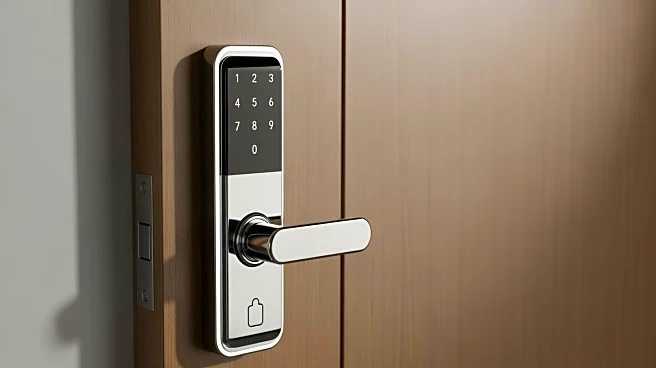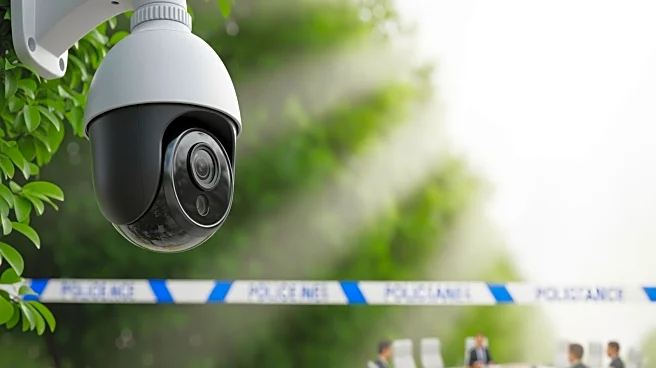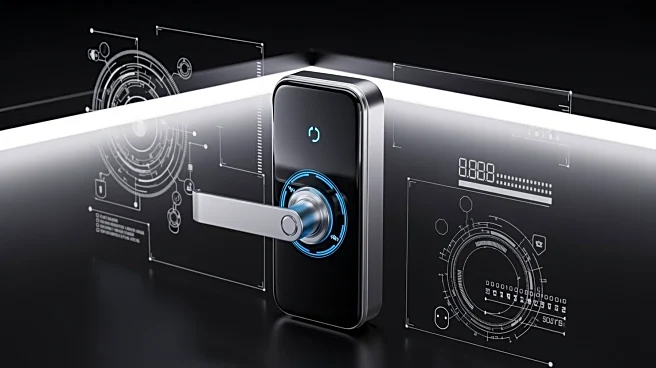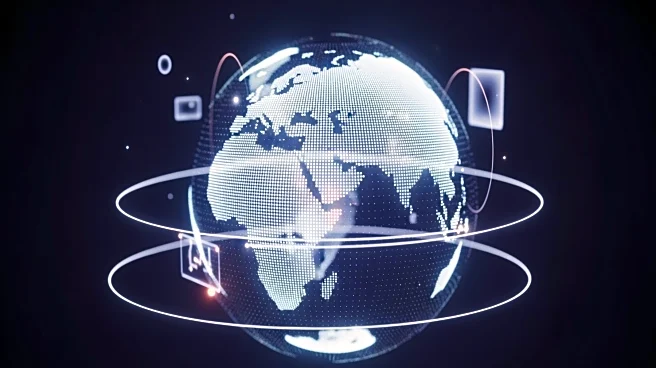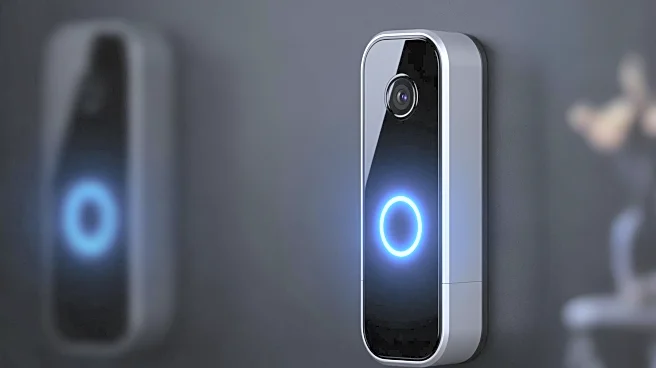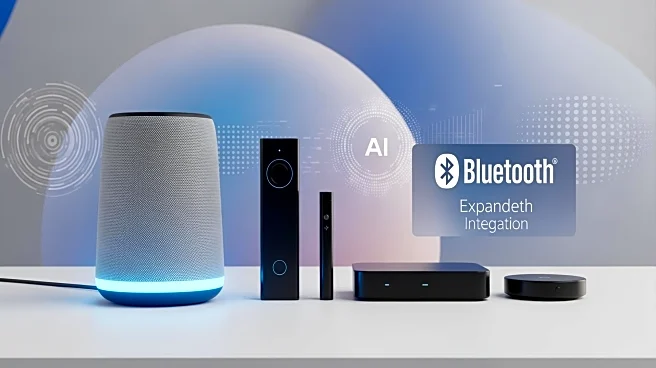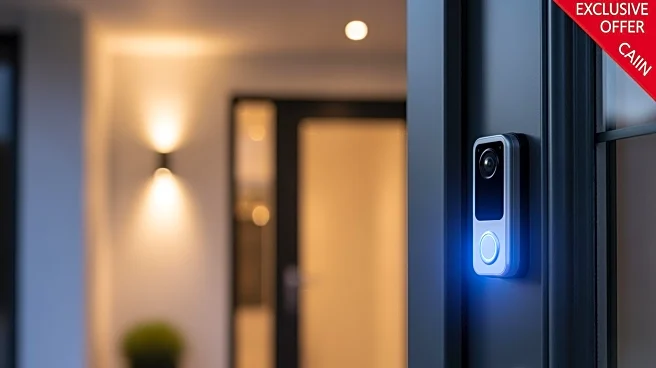What's Happening?
A recent incident involving a couple on a romantic date has highlighted the growing trend of pet owners using home cameras to check on their pets. During the date, the man interrupted the meal to check his
phone, revealing he was monitoring their Italian greyhound puppy, Romy, through a pet camera. This action, initially perceived as a potential disruption, was widely praised online as a 'green flag,' indicating his caring nature. The couple, who frequently bring Romy along on outings, were on vacation and decided to leave the puppy at home. The woman's social media post about the incident received significant attention, with many users supporting the man's decision to check on Romy. According to a 2019 survey by Comcast, 44% of pet owners use home cameras to monitor their pets multiple times a day, a practice that provides peace of mind and helps catch pets in mischievous acts.
Why It's Important?
The incident underscores the increasing reliance on technology by pet owners to ensure the well-being of their animals. This trend reflects broader societal changes where pets are considered integral family members, necessitating constant care and attention. The use of pet cameras is not only a tool for monitoring but also a means to maintain a connection with pets, even when owners are away. This development has implications for the pet care industry, potentially driving demand for more advanced monitoring technologies and services. It also highlights the emotional bonds between humans and their pets, influencing consumer behavior and lifestyle choices. As more people adopt pets, the integration of technology in pet care is likely to expand, impacting related industries such as tech, retail, and veterinary services.
What's Next?
As the trend of using pet cameras grows, companies in the tech and pet care sectors may innovate to offer more sophisticated monitoring solutions. This could include features like real-time alerts, interactive capabilities, and enhanced video quality. Additionally, the social acceptance of such practices may lead to new norms in dating and social interactions, where checking on pets becomes a routine and accepted behavior. Businesses might also explore partnerships to integrate pet monitoring services with other smart home technologies, creating comprehensive solutions for pet owners. The evolving landscape may prompt discussions on privacy and ethical considerations regarding surveillance technology in domestic settings.
Beyond the Headlines
The incident also raises questions about the cultural significance of pets in modern society. As pets become more central to family life, the ethical treatment and welfare of animals gain prominence. This shift may influence public policy and advocacy efforts aimed at improving animal rights and welfare standards. Furthermore, the emotional attachment to pets could lead to changes in housing policies, travel regulations, and workplace accommodations, reflecting the growing importance of pets in everyday life. The integration of technology in pet care might also spark debates on the balance between convenience and privacy, as surveillance becomes more prevalent in personal spaces.


